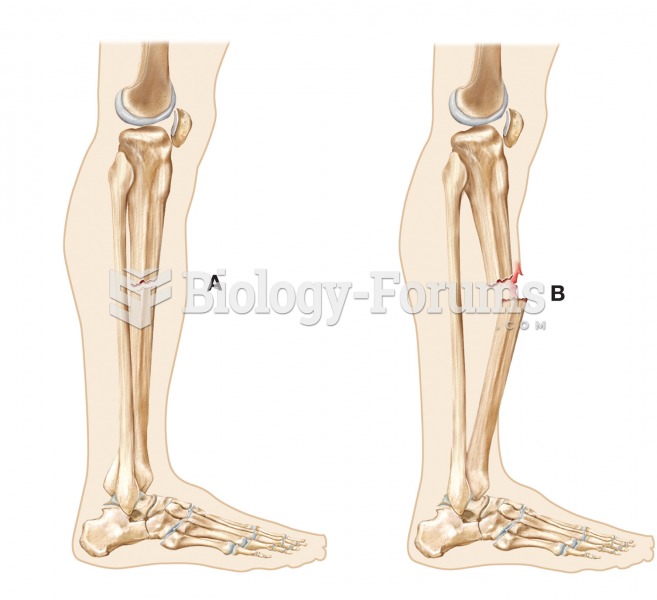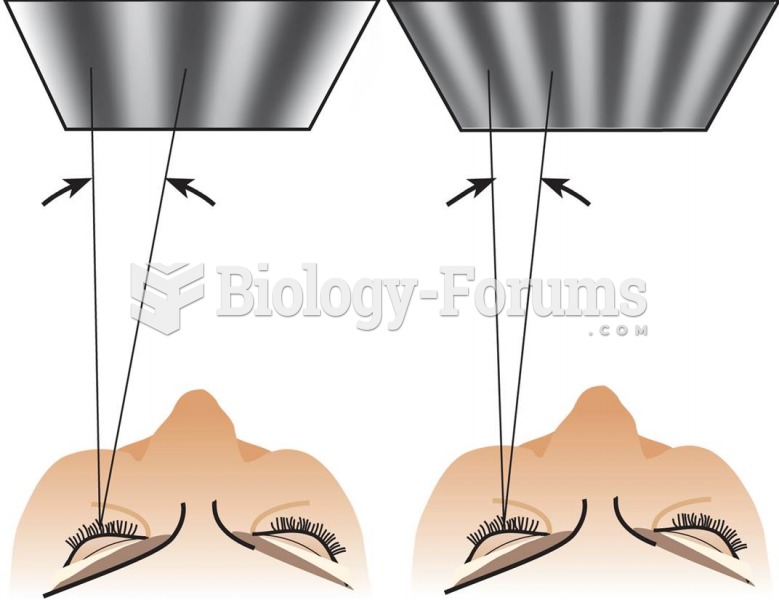Answer to Question 1
Correct Answer: 1,2,3,5
Rationale 1: The client with closed-angle glaucoma will have ocular and facial pain and will be prescribed medications for pain.
Rationale 2: The client with closed-angle glaucoma may experience nausea and vomiting. Antiemetics would be prescribed for this problem.
Rationale 3: The client with closed-angle glaucoma will have a change in vision, which could impact safety.
Rationale 4: The treatment of choice for closed-angle glaucoma is not oral medication.
Rationale 5: Closed-angle glaucoma is a medical emergency requiring surgical intervention to save vision in the affected eye.
Global Rationale: The client with closed-angle glaucoma will have ocular and facial pain and may have nausea and vomiting. Pain medications and antiemetics would be prescribed. The client with closed-angle glaucoma will have a change in vision, which could impact safety. Closed-angle glaucoma is a medical emergency requiring surgical intervention to save vision in the affected eye. Oral medications will not affect a cure.
Answer to Question 2
Correct Answer: 1,2
Rationale 1: The posterior cavity of the eye is filled with vitreous humor that helps the eyeball to maintain its shape.
Rationale 2: The posterior cavity of the eye is filled with vitreous humor that helps keep the retina in place.
Rationale 3: The posterior chamber of the eye does not change the diameter of the pupil.
Rationale 4: The posterior chamber of the eye does not provide nutrients to the eye.
Rationale 5: The posterior chamber of the eye does not remove waste products from the eye.
Global Rationale: The posterior cavity of the eye is filled with vitreous humor that helps the eyeball to maintain its shape and helps to keep the retina in place. It does not change the diameter of the pupil, provide nutrients to the eye, or remove waste products from the eye.






